What did I do for Shiretoko as a Pew Fellow?
| 1. |
We will develop the Marine Management Plan for Shiretoko World Natural
Heritage (SWH), Japan, as a case study of adaptive marine ecosystem management
and co-management of coastal fisheries. --- I contributed the revised plan
in 2009 (see the English version) and in 2013 (unpublished). The co-management activities in Shiretoko
was selected as one of "Impact Stories" by the IASC. |
| 2. |
We verify what species and factors are monitored, how these data are evaluated,
and how the benchmarks specified by the ecosystem management are sought.
--- We published an article in Biol.Cons 2009 and uploaded the database. This idea was adpoted the revised Plan in 2013. |
| 3. |
We will establish the monitoring system including an English/Japanese web
site. ---database (see articles in Biol.Cons 2009 and Gl. Env. Res, 2012). |
| 4. |
We will also survey co-management in Shiretoko Fisheries Associations (SFAs).
--- We made an in-dept report (Makino et al. 2009 and 2012, see also a narrative UNU site) |
| 5. |
We will survey and investigate the role and effect of co-management on ecosystem management. --- Not only fishers, but also tour guides willingly cooperated to conserve marine birds (see a Japanese site by Shiretoko World Heritage Center, YouTube). Now Japanese Ministry of Environment encourages (and pay grant if necessary)
co-management by local stakeholders, rather than top-down regulation. And
they well acknowledged Scientists' effort (see page 2 of PDF) |
| 6. |
We will propose some additional adaptive management actions if necessary.
--- We made the bear management plan in Shiretoko and its vicinity (I was a chair of the working group). We published a management model (Ohta et al. 2012 Ecol Model) |
| 7. |
These are important experiences to establish adaptive ecosystem management
under the international interest by UNESCO and the commitment by Japan
Governmentfs proposal to SWH. --- After our success in Shiretoko, Japan
Ministry of Environment organized Scientific Councils in all natural world
heritages. I became a council menber of Yakushima World Heritage. We established Amur-Okhotsk Consortium for further collaboration of Japanese, Russian, Chinese and Mongolian
ecologists. |
The Shiretoko Peninsula in Japan was designated a UNESCO World Heritage
Site in 2005 because of its importance in providing habitat to a number
of endangered and endemic species marine and terrestrial species. Hiroyuki
Matsuda, the first Pew Fellow from Japan, is using his fellowship to develop a Marine Management Plan for the Shiretoko
World Heritage (SWH) site. The project is in response to a request by UNESCO
that called for a marine ecosystem management plan for the SWH by 2008.
Matsuda's project will serve as a case study for adaptive management of
marine ecosystems and co-management of coastal fisheries. He and his colleagues
(Prof. Yasunori Sakurai, Dr. Mitsutaku Makino and others) will determine which species and factors will be monitored, how these
data will be evaluated, and how the benchmarks specified by ecosystem managers
will be sought. |
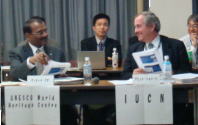
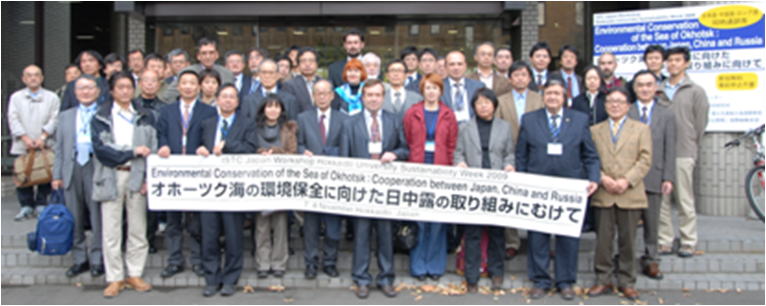

 |
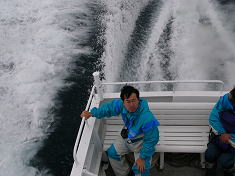

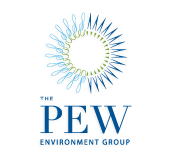





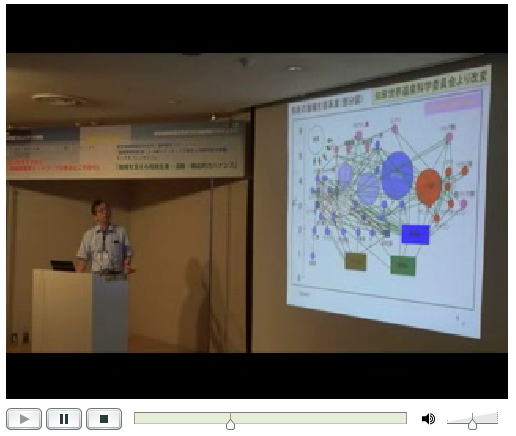 in a marine world natural heritage, Shiretoko
in a marine world natural heritage, Shiretoko


